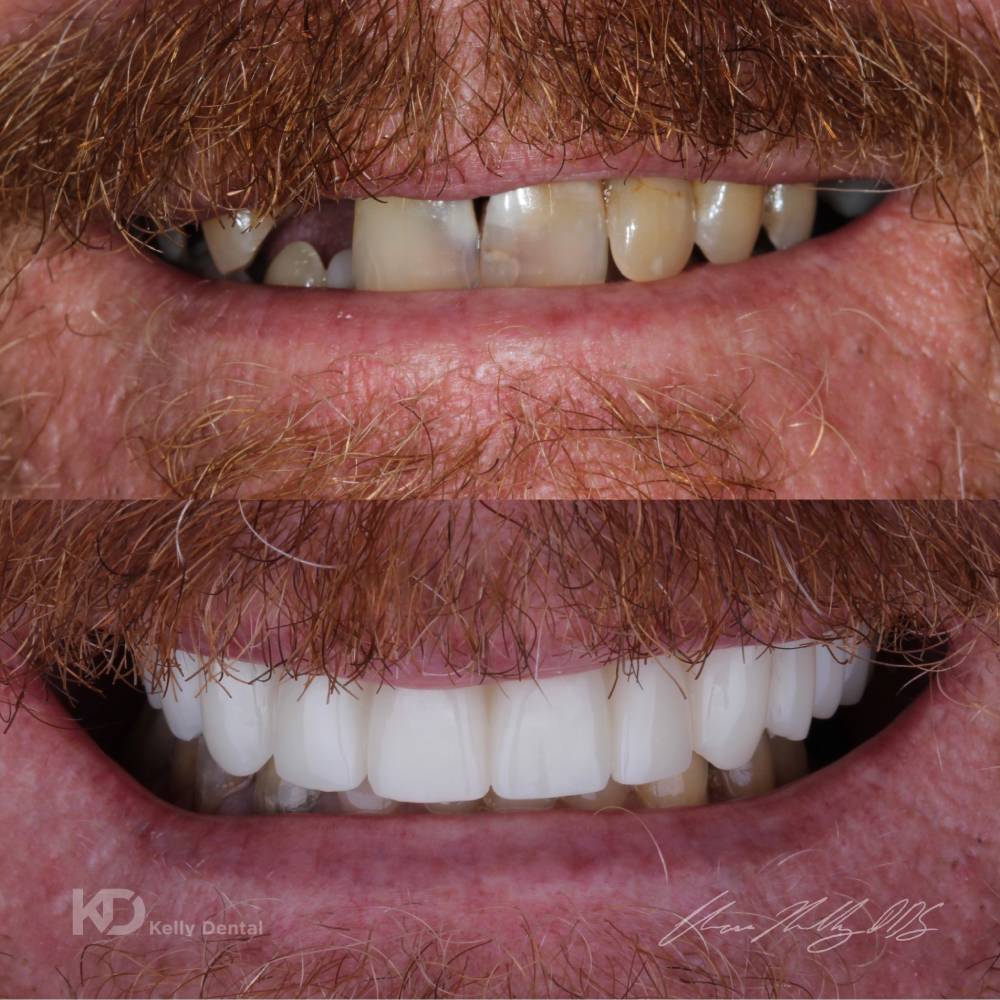A root canal is a dental procedure to save a tooth by removing the infected or damaged pulp. The process is highly effective, allowing many patients to avoid tooth extraction. However, while root canals have a high success rate, there are times when they may not work as intended.
In these cases, the tooth may fail to heal properly or develop new issues. When this happens, retreatment becomes necessary. Retreatment involves revisiting the tooth to resolve the problem and restore dental health. Understanding what to expect from retreatment helps you prepare for this second chance at saving your tooth.
What is Retreatment?
Retreatment refers to the process of addressing a failed root canal by reopening, cleaning, and resealing the tooth. During the initial root canal, the dentist removes infected tissue, cleans the root canal, and seals the tooth to prevent further infection.
However, infection or discomfort returns in some cases, signaling a failed procedure. Retreatment involves undoing the previous work to correct the underlying issue.
In retreatment, your dentist removes any restorations, like crowns or posts, placed after the initial root canal. They will then carefully access the root canal and use advanced tools to remove infected tissue, debris, or old filling materials.
After thoroughly cleaning and disinfecting the area, the dentist reshapes the root canals, ensuring they are free from bacteria or infection. The goal is to eliminate any leftover contaminants and reduce the risk of further issues.
Once cleaned, the dentist reseals the root canal with gutta-percha, ensuring the canals are tightly sealed. Sometimes, a new crown or filling may be necessary to restore the tooth’s strength and functionality.
Retreatment can extend the life of your tooth and prevent future complications. Though more complex than a regular root canal, it remains a highly effective solution for saving teeth at risk of extraction.
Retreatment Process: Step-by-Step
Step 1: Diagnosis and Consultation
Your dentist will first diagnose the cause of the failed root canal. They use X-rays and clinical evaluation to understand why the previous treatment didn’t succeed. In this step, your dentist will also discuss your symptoms and examine the affected tooth for signs of infection or damage.
Based on this, they create a personalized retreatment plan. The consultation is essential for setting expectations and explaining the steps to correct if the root canal fails.
Step 2: Reopening the Tooth
To start the retreatment, your dentist will reopen the tooth, which usually involves removing any crown, filling, or other dental work done after the initial root canal. Removing these restorations is necessary to gain access to the root canal system.
This step might be straightforward or more involved depending on the case’s complexity. By opening the tooth, your dentist gains access to the affected canals and prepares to clean them out thoroughly.
Step 3: Cleaning and Disinfection
Once the tooth is reopened, the dentist will remove the old root canal filling material and clean any remaining infection or debris inside the canals. This step is crucial, as any remaining bacteria or dead tissue could lead to further infection or discomfort.
Your dentist will use special instruments to reshape the canals, ensuring they are free from bacteria and debris. Disinfection involves thoroughly cleaning the root canal system with antibacterial solutions, helping eliminate any hidden contaminants that may have caused the root canal to fail.
Step 4: Sealing the Canal Again
After the root canals are cleaned and disinfected, the dentist will reseal them to prevent reinfection. Sealing the canals involves filling them with gutta-percha, a rubber-like material that protects the inner structure of the tooth.
Proper sealing provides a critical barrier against bacteria and future infection. This step ensures the tooth remains protected and stable, allowing for full recovery.
Step 5: Restoring the Tooth
Once the retreatment is complete, the tooth needs protection. Your dentist will restore the tooth with a new filling or crown, depending on the extent of the damage. If the previous crown was removed during the retreatment, a new one will be created to fit the tooth perfectly.
The restoration strengthens the tooth and protects it from future damage. This final step is crucial in maintaining the functionality of the treated tooth, ensuring it can last for many more years.
Why Do Root Canals Fail?
Root canals fail for various reasons, although these failures are relatively rare. One of the most common causes is hidden or undetected canals. Teeth have complex structures, and some canals might be too small or difficult to access during the initial treatment. These missed areas can later become infected.
Complicated root structures can also lead to root canal failure. Some teeth have roots that curve or twist unexpectedly, making it hard to clean them properly during the first procedure. In such cases, bacteria might remain, leading to reinfection.
Bacterial contamination is another cause. If bacteria enter the tooth after the root canal is completed, it can cause the procedure to fail. Insufficient healing or poor post-procedure care can also prevent the tooth from recovering fully, leading to problems later. To avoid these issues, it is important to follow all aftercare instructions and maintain good oral hygiene.
Signs and Symptoms of a Failed Root Canal
Recognizing the signs of a failed root canal can help you get retreatment before the problem worsens. One of the most common symptoms is persistent pain or discomfort in the treated area. If the pain doesn’t subside or returns after the procedure, it could signal that the root canal has failed.
Swelling or tenderness around the tooth can also indicate a problem. This symptom is often accompanied by sensitivity to temperature, where the tooth reacts strongly to hot or cold foods.
Another sign is the recurrence of infection, which may manifest as a visible abscess or pus in the gum near the tooth. If you experience these symptoms, contact your dentist immediately to avoid further complications.
How to Prepare for Retreatment?
Preparing for retreatment involves open communication with your dentist and understanding the procedure’s timeline. Start by discussing any concerns or questions you may have with your dentist. Understanding the steps involved helps alleviate anxiety and sets realistic expectations for recovery.
Your dentist will provide you with a timeline and aftercare instructions, which may include restrictions on eating certain foods or recommendations for pain management. Anesthesia will likely be used during the procedure, so be sure to discuss any preferences or concerns regarding sedation or pain control. Preparing for retreatment involves mental readiness and planning for a smooth recovery.
Root canal failure can be concerning, but recognizing the signs early and seeking retreatment can save your tooth. Retreatment offers a second chance to clean the root canal properly and eliminate any lingering infections.
Addressing the problem promptly prevents further complications and restores the tooth’s health. If you suspect your root canal has failed, consult your dentist immediately. Retreatment could be the key to preserving your smile and avoiding future dental issues.








